Every day, institutions of higher education collect massive amounts of data, from tracking new admissions to purchases made at the cafeteria. Using this data effectively—and turning this information into insight—can help an organization maximize their resources, evaluate their programs, boost recruitment and retention, and ultimately better serve their students and faculty. Most institutions are familiar with institutional research (IR) and assessment and often have a department dedicated to providing data, reports, and research that support institutional planning and promote a better understanding of the quality of education provided at their school. While IR collects, maintains, and shares data to support strategic planning, institutional effectiveness (IE) further builds upon that foundation to give a 360-degree view of an institution where educational leaders can make informed decisions about where to effectively invest time, money, and resources.
Following IE practices allow higher education institutions to leverage data to perform ongoing self-evaluation, use those findings to measure outcomes, and plan for strategies designed to meet their mission and comply with accreditation standards and expectations. By connecting strategic planning with resource allocation, institutions can be better aligned to continuously improve student learning, academic programs, and educational and administrative support services. Most importantly, incorporating IE practices allow institutional leaders to identify data patterns and use those projections to not only make well-informed decisions, but propel the transition from predictive to prescriptive analytics. Predictive analytics helps identify the likelihood of future outcomes based on historical data, while prescriptive analytics examines data to give recommendations for the most optimal actions that can help achieve business objectives. Managing and treating data as a strategic institutional asset allows an organization to transform information into a valuable well of knowledge.
Transforming Data into Knowledge
With data coming in rapidly from all over an organization, harnessing those data points into a central location is key to unlocking the trends, anomalies, patterns, and behaviors that can reveal overlooked opportunities and solutions to an organization’s complex problems. The first step in crafting an IE function is assessing the current state of data governance and clearly outlining data field and fact value definitions at an institution. Oftentimes, departments have different definitions of terminology like full-time student, at risk student, a credit hour, or various other data points. Taking stock of critical data flows helps create a strategy that will accelerate the use of data across the institution.
To further engage this value proposition of utilizing data information, an organization must build a data repository or a “single source of truth”, which is easy to access and use. This data warehouse serves as the foundation for the business intelligence platform and allows an institution to set up automated reports throughout the student lifecycle and enable cross-functional teams to use data to create strategies for student success. With a shared understanding of data governance, the variety of data coming from different tools, platforms, and offices across campus can be unified into one location for analysis.
With a kaleidoscopic view of data, institutions can extract insightful information that provides a deeper understanding of each facet of the organization and can help pinpoint strengths, pain points, and areas that need improvement. By embedding IE into core operations, an organization can then use the information garnered from incoming data to trigger defined, impactful actions that are designed to improve student outcomes, enrollment, retention, and graduation rates. Employing IE best practices lets an institution take a proactive approach to how data is examined and explored and highlights effective actions and intervention strategies that help foster a culture of continuous improvement across the organization.

STEP ONE
Define Your Data
“Locate, Organize, and Define”
STEP TWO
Build A Data Model
“Single Source of Truth”
STEP THREE
Operationalize Access to and Use of Data
“Turn Data Into Information”
STEP FOUR
Execute Personalized Strategies For Student Success
“Turn Information into Action”
Developing a Data-Informed Strategy for Success
The Edge Virtual Institutional Effectiveness (vIE) program provides access to professionals with experience and expertise building IE practices and who can help turn an institution’s data into clear, actionable insights. Through this virtual vIE program, organizations can get more out of their existing investments and data assets and find new ways to leverage data to inform the decision making process. The vIE service works with all data platforms and consists of four components that are designed to develop a data-informed strategy for the entire student lifecycle—from admissions through graduation. Edge will assist institutions to build a unified data repository for reliable access and reporting, create self-service reporting where functional teams can access real-time data, and help identify data-informed actions that can positively move the needle for promoting student success.
IE planning is becoming increasingly important in the competitive world of higher education. Institutions must continue to look for ways to meet students’ needs and expectations, offer high-quality programs, recruit talented faculty and staff, and create future-ready graduates who will enter the workforce with the necessary skill set. IE practices help introduce data centricity and empower education leaders to refine an institution’s goals and strategies; making knowledgeable decisions based on data insights. By continuously examining how effectively an institution is accomplishing its mission, the organization can better support its commitment to educational excellence and enriching the community in which they serve.
Ready to harness the power of data at your institution?
See how to turn data into action at njedge.net/solutions-overview/digital-transformation.


